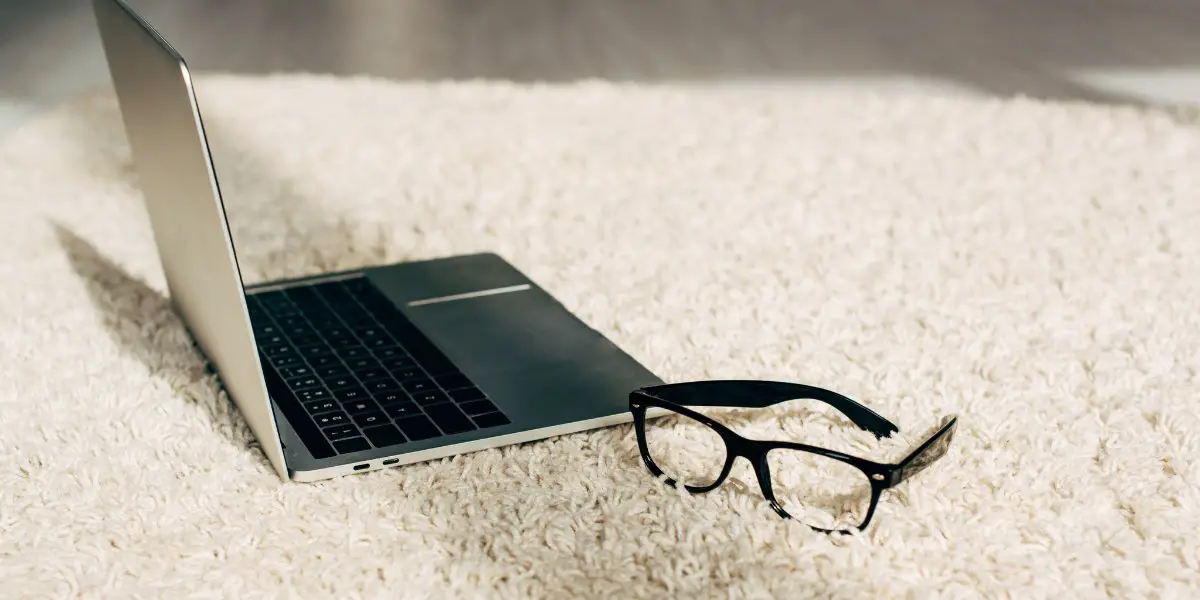To maximize rental property deductions for carpets, keep detailed records of expenses, including receipts and invoices. Understand carpet depreciation for tax implications and classify costs as repair and maintenance or replacement. Utilize capital allowances and annual investment allowances for budgeting and reducing tax liability. Keep thorough records for claims and comply with HMRC guidelines to guarantee full tax benefits. Categorize carpets correctly, update records regularly, and follow guidelines for replacements. Optimizing deductions against rental income is essential for reducing taxable income effectively. Enhance your understanding of costs, allowances, and compliance to make the most of your carpet deductions.
Understanding Carpet Cost Deductions
When deducting carpet costs for your rental property, make sure you keep detailed records of all expenses incurred. Understanding carpet depreciation is important as it affects the tax implications for landlords.
Carpets in your rental property are considered a deductible expense, providing you with the opportunity to lower your taxable income. By claiming the cost of purchasing and installing carpets as a repair and maintenance expense, you can maximize your deductions. Remember that replacing carpets is also a tax-deductible expense.
Categorizing carpets as furnishings allows you to benefit from allowable expenses as a landlord. Be sure to keep receipts and records of all carpet expenses to support your deductions and minimize your tax liability effectively.
Capital Allowance for Carpet Expenses
To fully capitalize on carpet expenses for your rental property, consider exploring capital allowances as a means to optimize tax deductions against your rental income. Here are some key points to help you make the most of this opportunity:
- Budgeting strategies: Utilize capital allowances for carpets to strategically allocate funds and maximize your rental property’s financial efficiency.
- Tax planning benefits: Claiming capital allowances for carpets can greatly reduce your tax liability, allowing you to keep more of your rental income.
- Documentation importance: Make sure you maintain proper records and classify carpet expenses correctly to support your capital allowance claims and avoid any issues during tax assessments.

Annual Investment Allowance for Carpets
Maximize your tax benefits by taking advantage of the Annual Investment Allowance for carpets in your rental property.
The Annual Investment Allowance (AIA) permits landlords to deduct the full cost of carpets in the year of purchase, offering immediate tax relief. By utilizing the AIA, you can claim up to £1 million for eligible expenses, including carpet depreciation, effectively reducing your taxable income.
This strategic tax planning not only minimizes your tax liabilities but also promotes investment in property improvements like carpets. Enhancing your rental property with quality carpets not only adds to its appeal and comfort but also maximizes your tax deductions.
Make the most of the AIA for carpets to elevate your property while optimizing your tax benefits.
Importance of Detailed Expense Records
Maintaining detailed records of your carpet-related expenses is crucial for maximizing deductions and reducing your taxable rental income. To guarantee you reap the full tax benefits and maintain record accuracy, consider the following:
- Keep receipts and invoices for carpet purchase, installation, cleaning, and repairs in a dedicated file.
- Use a spreadsheet or accounting software to track all expenses related to your rental property’s carpets.
- Regularly update your records to reflect any new carpet-related costs or changes in the property’s carpeting.
Compliance With HMRC Guidelines
Make sure you follow HMRC guidelines regarding carpet replacement deductions to optimize your tax savings as a landlord. Adhering to HMRC rules on carpet replacement expenses is vital for minimizing tax liabilities and maximizing deductions.
By replacing carpets like-for-like as outlined in the guidelines, you guarantee that the expenses qualify as deductible against your rental income. Keeping detailed records and retaining receipts are essential compliance requirements to support your claims for carpet replacement deductions.
Understanding the tax implications of carpet replacements and adhering to HMRC guidelines not only helps you stay on the right side of the law but also allows you to make the most of available deductions, ultimately adding value to your rental property.
Conclusion
Maximizing rental property deductions for carpets can be a game-changer in your finances.
By understanding the various ways to deduct costs, such as Capital Allowance and Annual Investment Allowance, you can save a substantial amount on your tax bill.
Remember, keeping detailed expense records is important for compliance with HMRC guidelines.
So, grab your receipts, get organized, and start saving money on your rental property expenses today!


